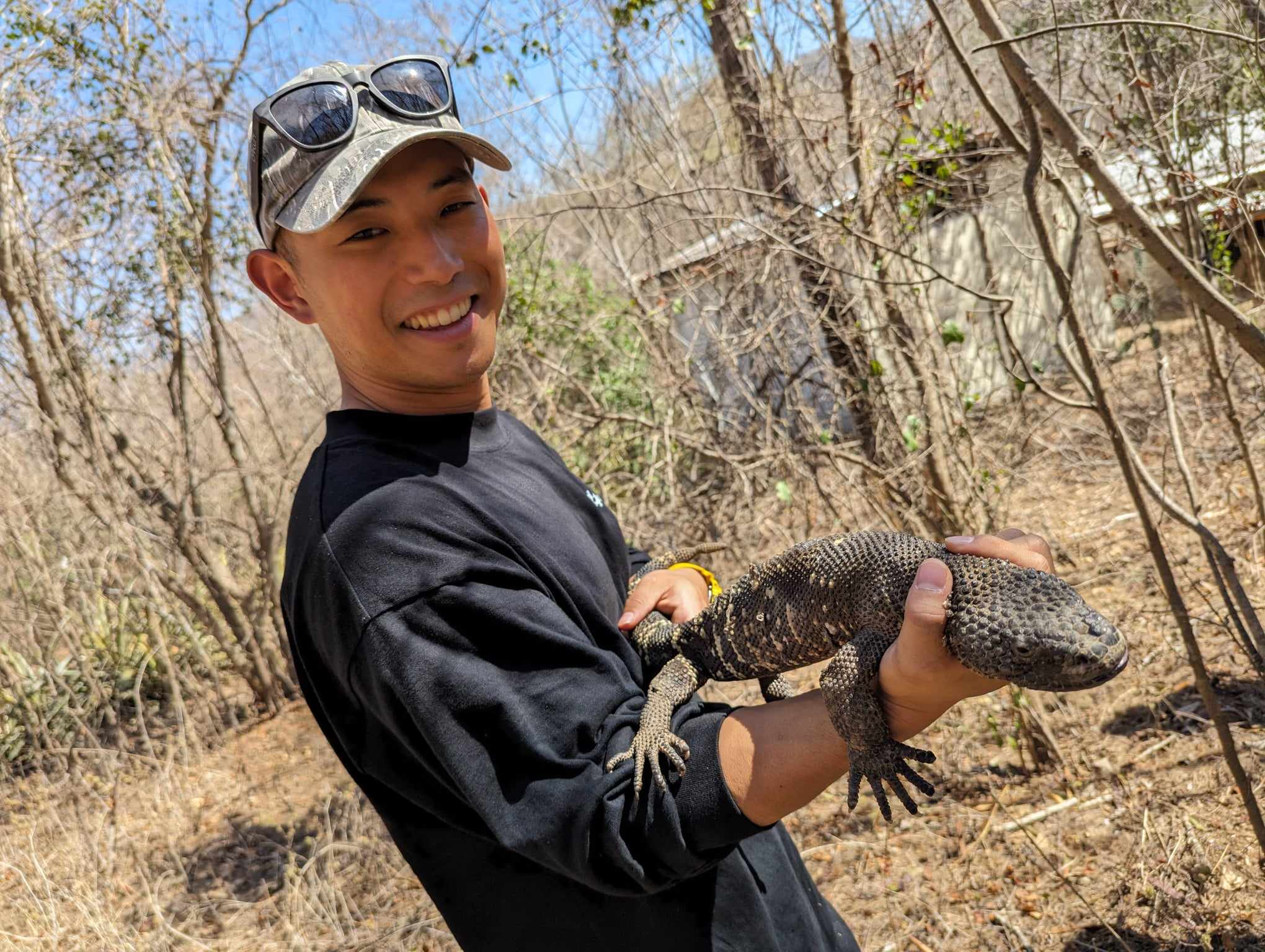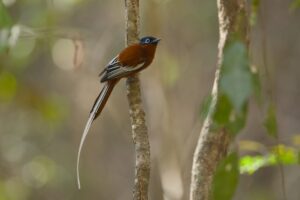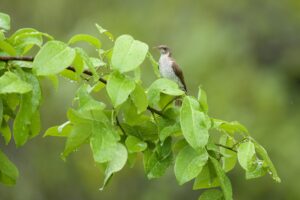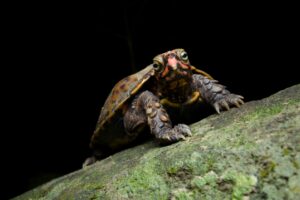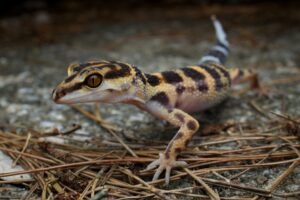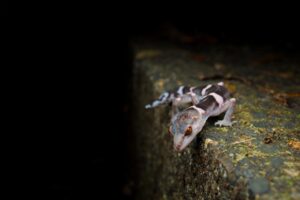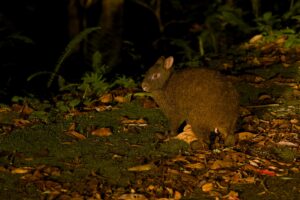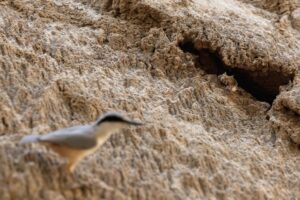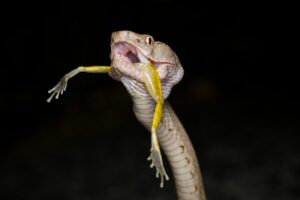
One of my favorite birds is the Asity, a small yet striking bird endemic to Madagascar. There are only two species in the world, both found exclusively on this island. What makes the males so remarkable is their face — as if they were wearing a colorful, ornamental mask.
The two species are:
- Velvet Asity (Philepitta castanea) – inhabiting humid rainforests, and
- Schlegel’s Asity (Philepitta schlegeli) – living in Madagascar’s dry deciduous forests.
How to Find Them
Asities mainly feed on fruits, but due to their small size, they can only eat certain types. The key to finding them is to search the trees that currently bear the ripest fruits. In practice, this means walking through the forest and checking fruiting trees one by one — a true test of patience.
The Schlegel’s Asity lives in extremely dry regions where temperatures can range from around 20°C in the early morning to over 40°C at midday. Because of this, their active period is quite short, and casual searching will rarely succeed. When I go looking for them, I enter what I call “Asity Mode” — a mindset of intense focus and persistence.
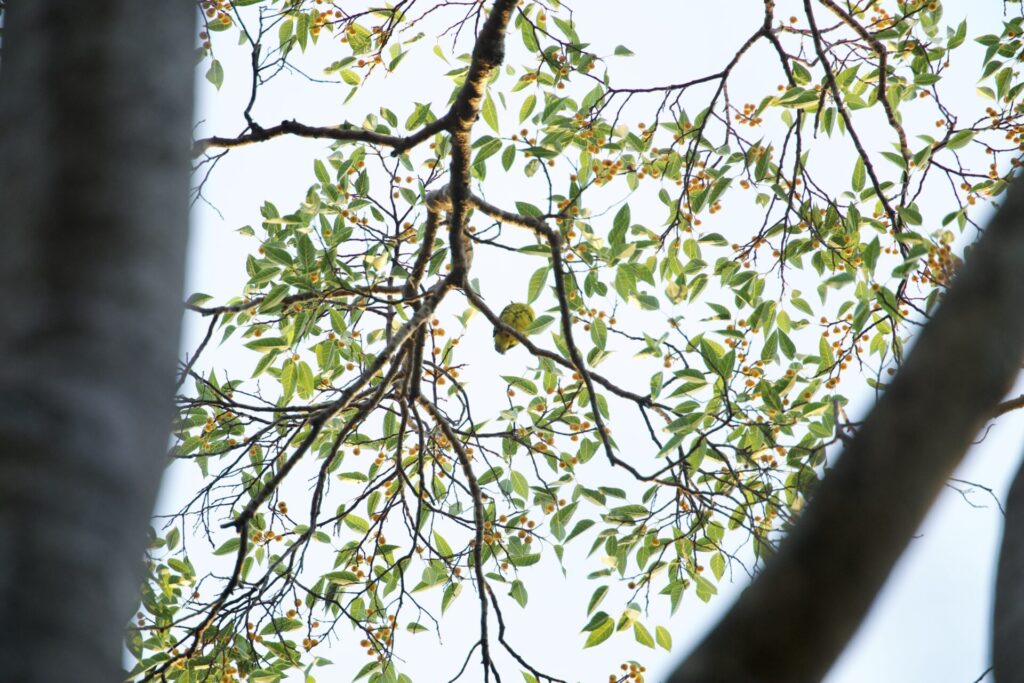
Observing and Photographing
It took me four full days to photograph the Schlegel’s Asity. Through this experience, I learned that after feeding, they often perch quietly to digest the fruit pulp and then spit out the large seeds, much like a quetzal. This resting period is the best time to capture them on camera.
Although small and seemingly plain, the males of both species are true “masked beauties” throughout the year. However, their vivid coloration varies slightly depending on the breeding season — so it’s best to plan your visit accordingly.
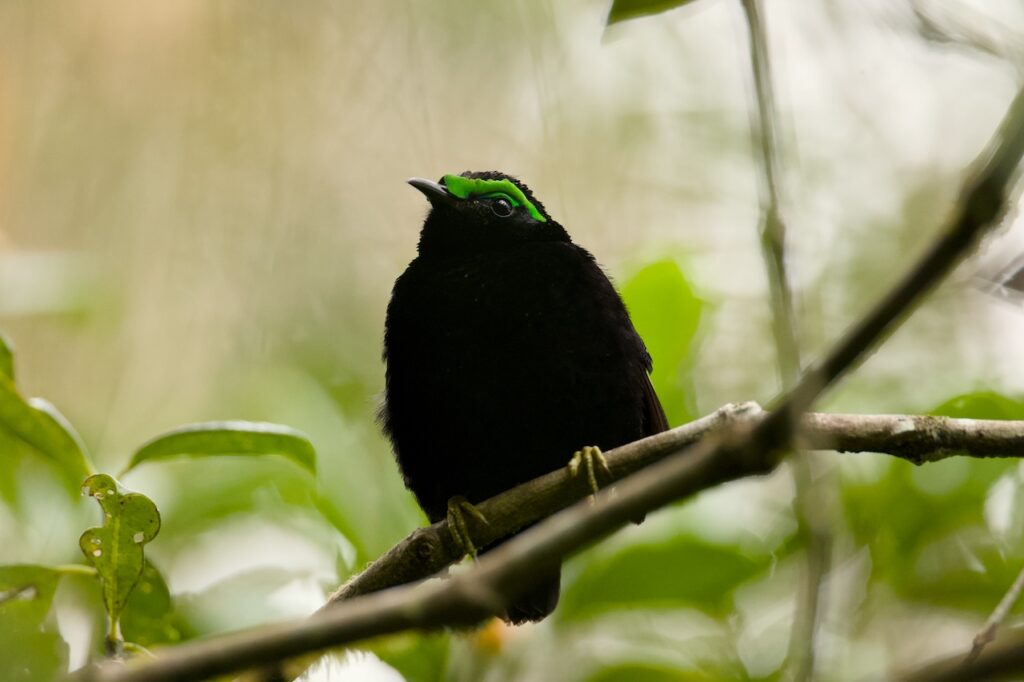
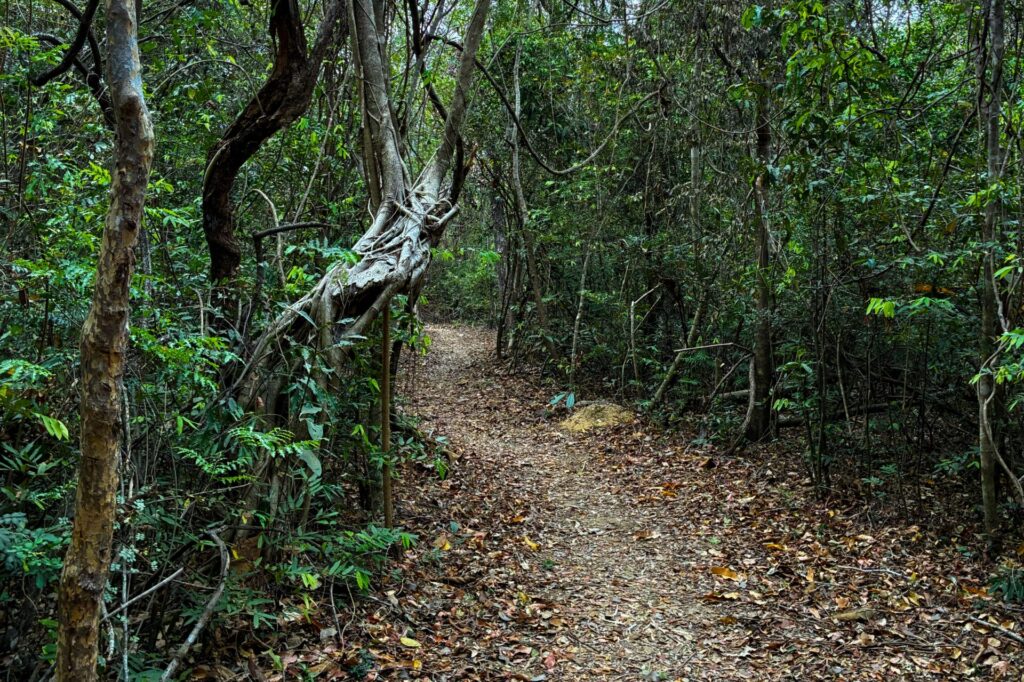
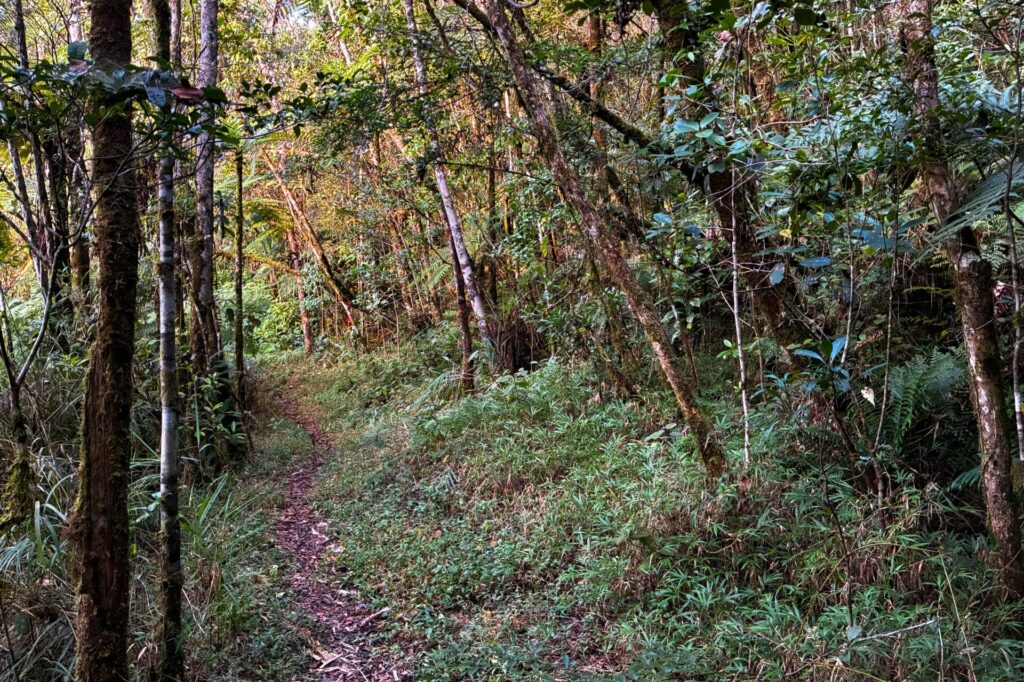
The Uniqueness of Madagascar’s Birds
Madagascar is a treasure trove of uniquely evolved wildlife. Among its birds, not only Asities but also many other species display brilliant facial colors, especially around the eyes. This is believed to be an evolutionary result of sexual selection— in environments with few predators, it is more advantageous to attract a mate than to remain inconspicuous.
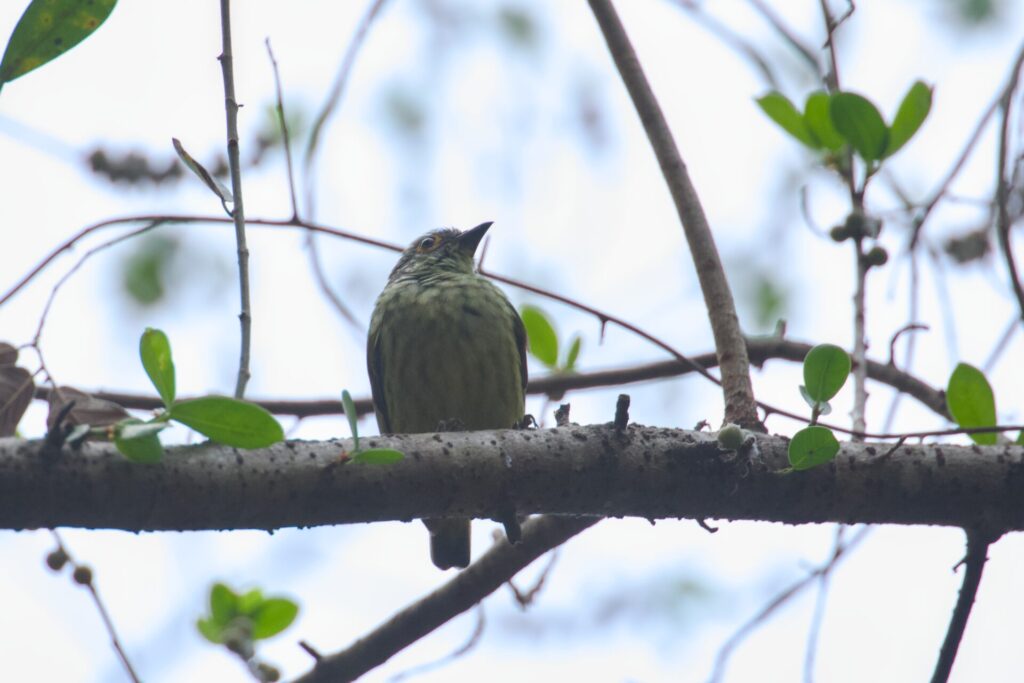
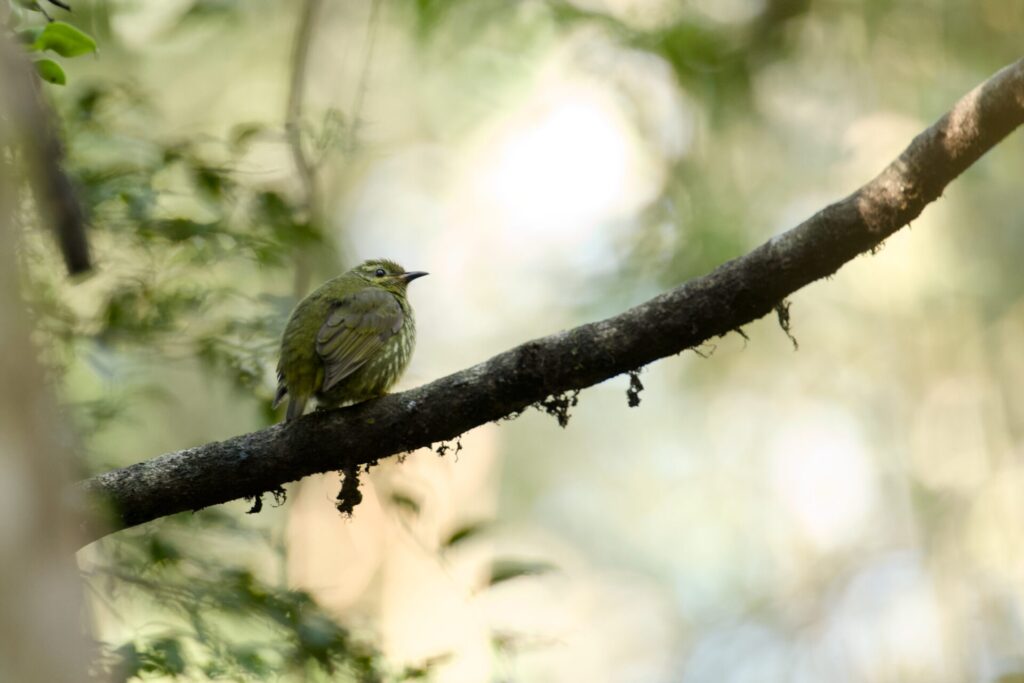
I’ll discuss more about these fascinating evolutionary traits in my next article.
If you ever visit Madagascar, I highly recommend seeking out the Asity. It may take time and effort, but witnessing this extraordinary bird in its natural habitat is an unforgettable experience.
We will observe these species on this expedition!
Click picture for more details.
Madagascar Birdwatching Expedition | Birds and wildlife evolved in a unique ecosystem


